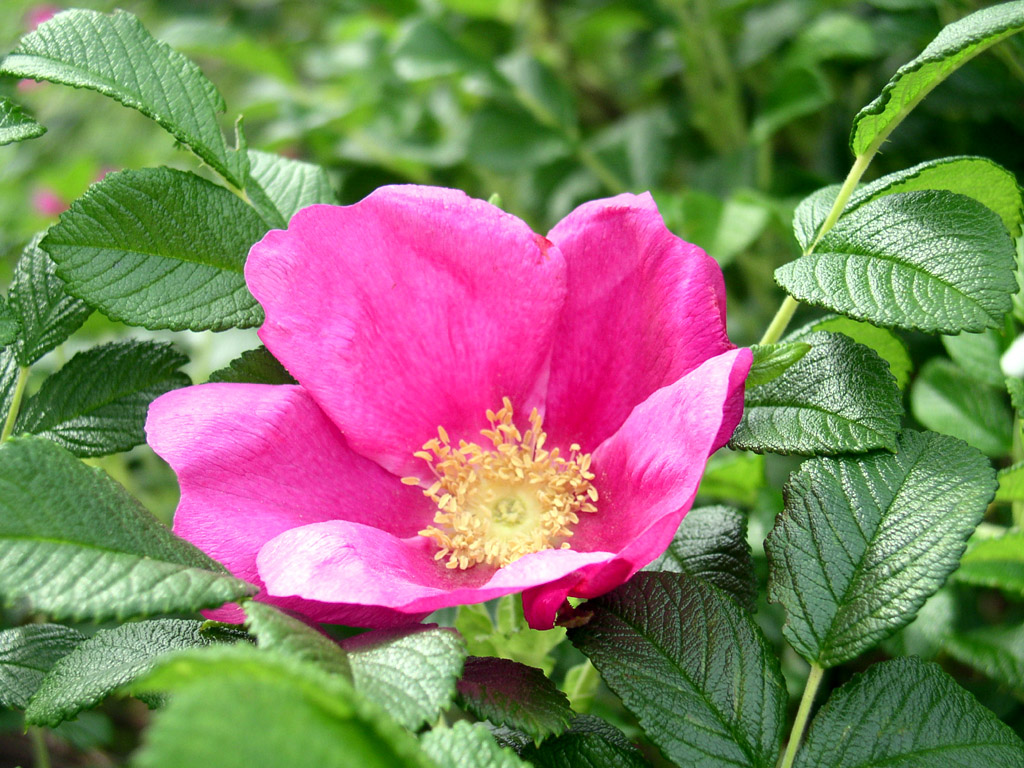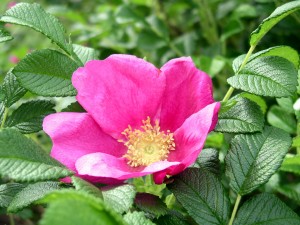Beach Front Plants for English Seacoast Gardens

 Question from Katie:
Question from Katie:
Hi Pat, just found your www site and saw it said, “Send a Q to Pat”, so, here goes… location: seaside, south-facing (in England: the sunny side), sheltered terrace. Required: architectural, evergreen, “WOW!” plants that will tolerate minus 5 centigrade in winter, occasionally a little lower, but not “cold & wet” as some will be under canopy. (we can put big palms out on the edge where it is most exposed.) Must be tolerant of mild/distant salt-spray in winter storms. Any ideas? please 🙂
Answer from Pat:
It is fun having a question from England. I was born in Halifax, Yorkshire, England, and returned last year to visit. The North Yorkshire Moors are as unspoiled as ever. We also enjoyed the Lake District and the amazing Crop Circles in Wiltshire for ten days. Of course, some are hoaxes, but many are a genuine mystery. Some are mind-blowing in size and mathematical complexity, appear to have some kind of magnetic forces inside them, and contain exploded plant nodes where they are bent over as if from a microwave oven. There are also some very odd lights zooming around at immense speed. This phenomenon has been going on for centuries and is still unsolved. Fun just to see it and wonder at it. (We saw 28 formations on the ground and from the air in a helicopter.)
But now to your exposed, south-facing, ocean-front site which sounds as if it is located in a climate similar to our (Western USA, Sunset Zone 5), a zone subject to salt spray in Oregon and Washington, though facing west, not generally south, —unless on the north side of an inlet. But this should not make too much difference. (For your information, our Sunset Zones work better for us in the West than do the United States Agricultural Zones because we have so many climate zones here in the west and thus having many zones instead of just a few, makes it easier to choose plants that will work for each.)
Among plants that should survive and give a pleasant architectural look are hardy ornamental grasses (such as Festuca gautieri and Festuca amethystina that are not too invasive. It would be best to choose local varieties, making sure they are not invasive); heathers (Calluna’s) such as Scotch heather, but many improved varieties should be available in local nurseries; and heaths (Erica’s). Many of these are native to the English coast and by choosing various types available in your local nursery you could create a colorful mounded tapestry of different ones with long-lasting color. Heaths and heathers need moist acid soil, so you will need to amend your sandy soil with acid amendment such as peat moss (though this is not a renewable resource and it would be better if you could find another acid soil amendment such as well-rotted wood products, home-made compost, and pine needles.) You will also need to keep the ground moist. Heaths and heathers can withstand salt spray and wind and exposed locations but they cannot stand being soggy on the one hand or drying out on the other. If you can manage this, no lovelier plants can be found. Nestling them against artistically placed boulders can give them a cool damp place under which to hide their roots from drying winds and sun.
Rosa rugosa should thrive in your coastal location and makes a great barrier plant. Allow it to mound, plant it back from paths where its thorns cannot harm people or children and use foreground plants to hide its lower portions, which are less attractive as they grow taller. Several colors are available. Among trees, I recommend katsura trees (Cercidiphyllum japonicum) needs water, though, especially when young; holly oak (Quercus ilex) which can be clipped into hedges, if you want; strawberry tree (Arbutus unedo), which is drought resistant once established, and some palms such as Washingtonia, and windmill palm (Trachycarpus fortunei) which it sounds as if you you might have already discovered can survive there. (I saw it growing in Wiltshire last summer, and I’ve seen it along the coast.) Among shrubs, Pittosporum tobira, Rhaphiolepis, and Rosmarinus officianalis are some suggestions along with the heaths mentioned above. Among perennials, Yarrow (Achillea), Common thrift (Armeria maritima), Ground morning glory (Convolvulus sabatima), Pinks (Dianthus), Fleabane (Erigeron), and Our Lord’s candle (Yucca), should all survive. Also try sea holly (Eryngium alpinum and E. amethystinum.) Lovely to behold when evening sun shines through their silvery blue bracts. I’ve found these easy to plant from seeds and not overly invasive.
Using just the plants named above you can create a wonderfully interesting windswept look. Combine plants with rocks, boulders, and driftwood. Create interesting wandering paths to the beach. Arrange attractive shells, bottles, floats, flotsum and jetsum as ornaments. Even a partially-buried old rowboat overflowing with easy annual flowers such as sweet alyssum and nasturtium, can create a great look in a beach-front garden. Also visit seaside gardens in your area to see what has worked for others. Photos in books and magazines may also provide inspiration. With any difficult site, trial and error is the best way to go.

